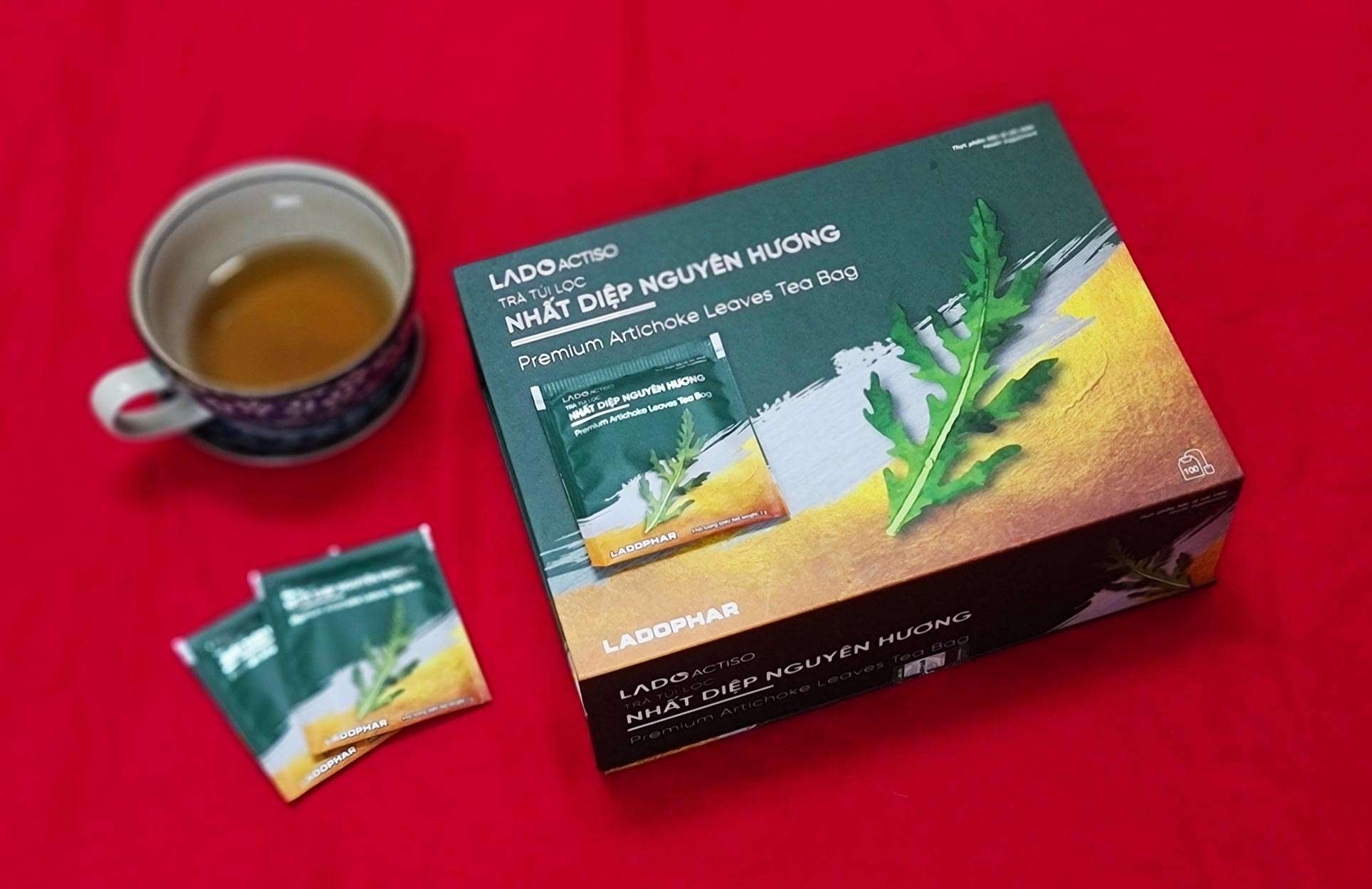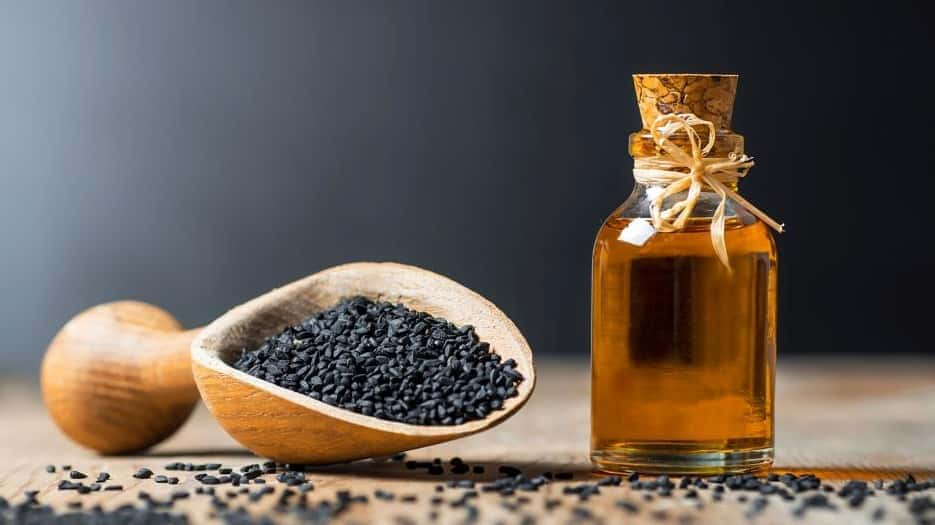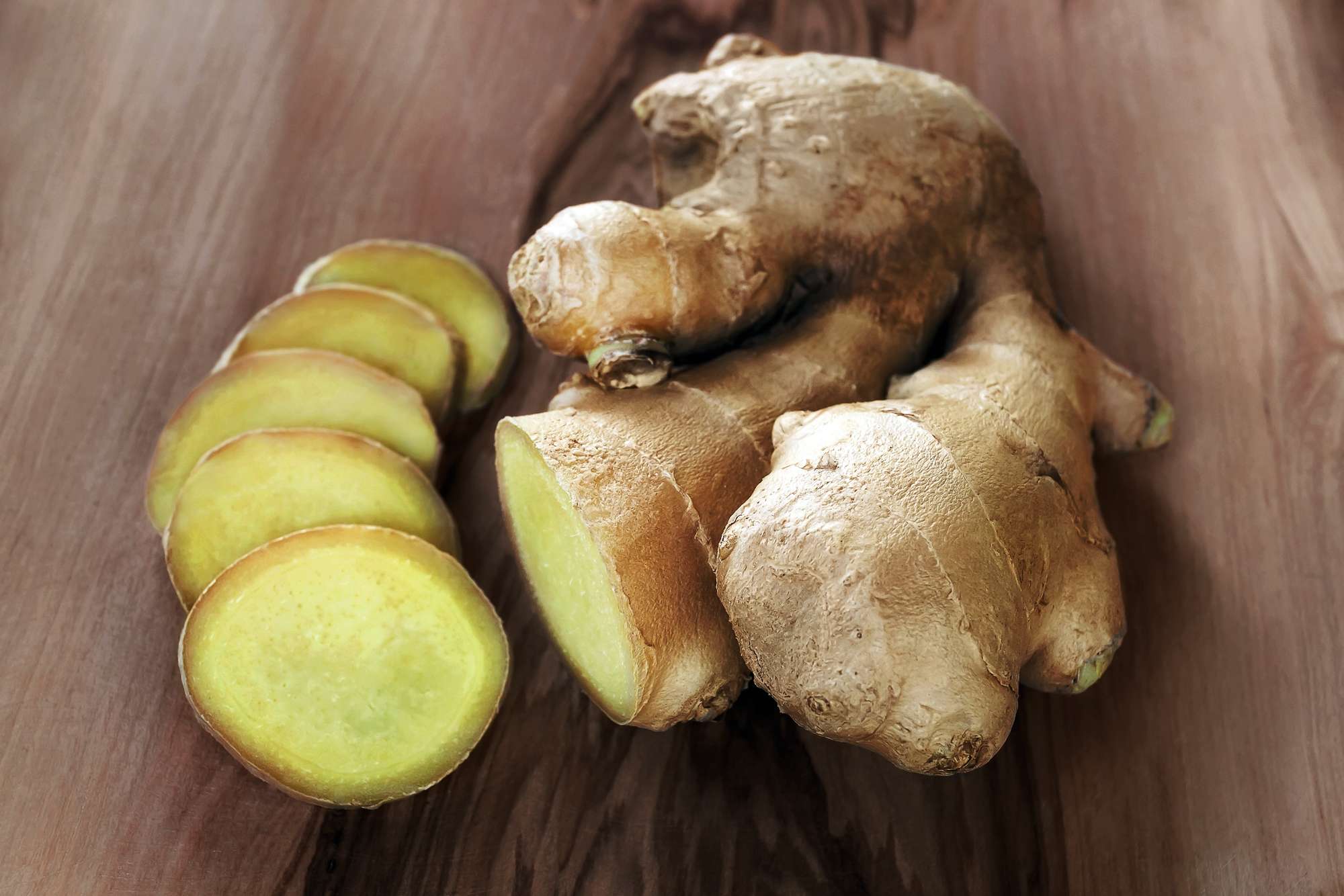Nutritional content in Cilantro and Coriander
Nutritional content in Cilantro and Coriander
Cilantro and Coriander are a pleasant-smelling herb that has many culinary uses and health benefits. It can help lower blood sugar, fight infections, and improve heart, brain, skin, and digestive health. Although they share the same stem, but its leaves, seeds, and roots have different names. Even the nutritional structure and taste are also significantly different.
Coriander is a herbs in the Apicaceae family, which is year-round. All parts of the Coriander plant are edible. Fresh leaves, dried seeds and even roots are often used as spices in cooking.
Although the same stem, but in English they have different names: Its seeds are called Coriander, and fresh leaves are called Cilantro. The nutritional structure and taste vary considerably.
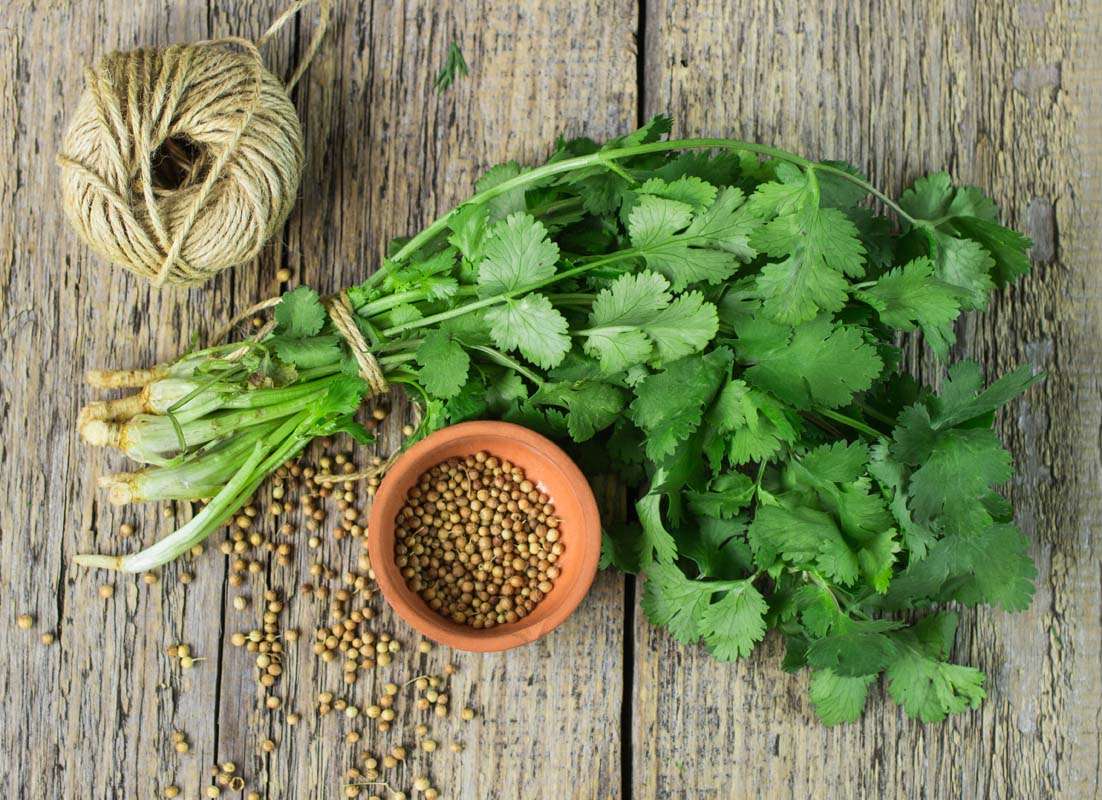
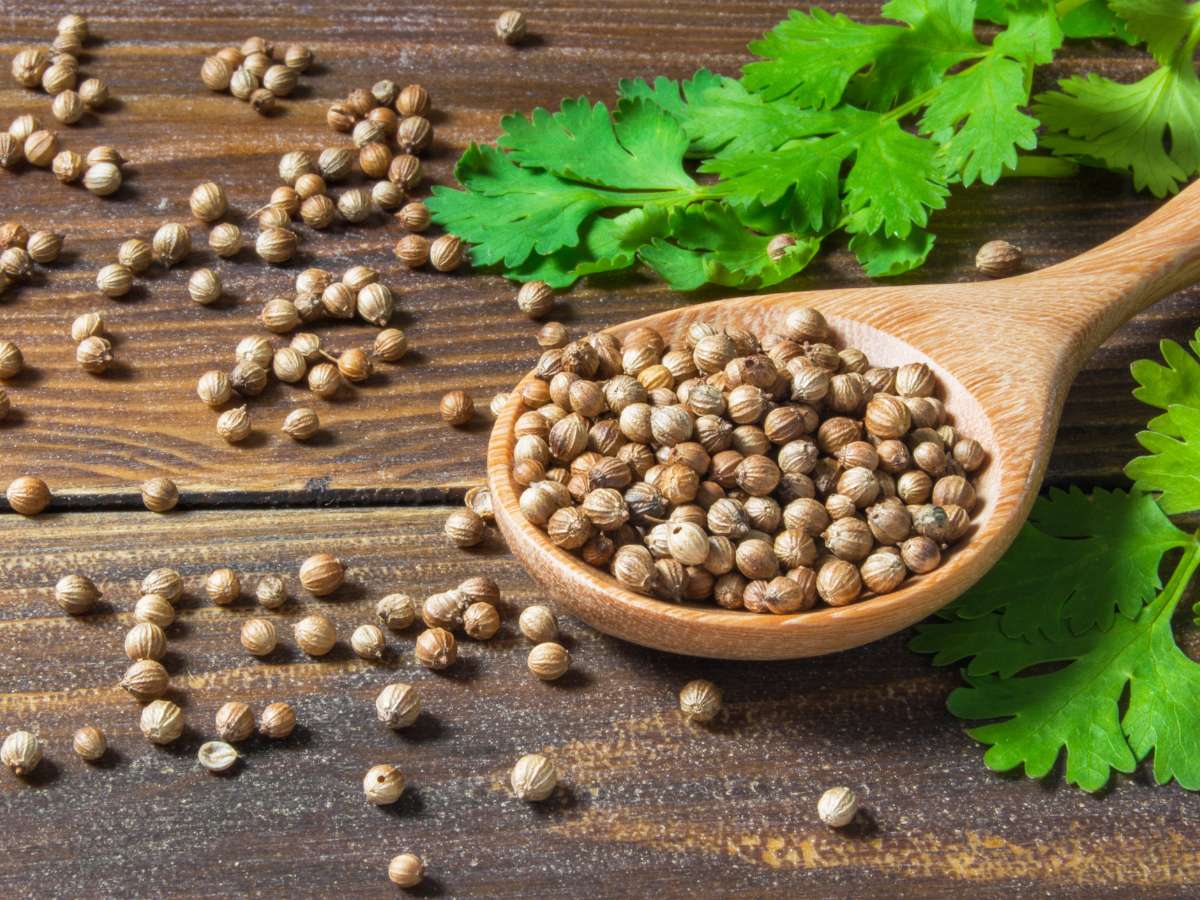
NUTRITIONAL INGREDIENTS
Reseachers find in 10 grams of cilantro and coriander
| Nutritional ingredients | Cilantro (% RDI) | Coriander (% RDI) |
| Dietary fiber | 1,1 | 16.8 |
| Vitamin A | 13,5 | 0 |
| Vitamin C | 4,5 | 3,5 |
| Vitamin K | 38,8 | 0 |
| Manganese | 2,1 | 9,5 |
| Iron | 1 | 9,1 |
| Magnesium | 0,6 | 8,2 |
| Calcium | 0,7 | 7,1 |
| Copper | 1,1 | 4,9 |
| Phosphorus | 0,5 | 4,1 |
| Selenium | 0,1 | 3,7 |
| Potassium | 1,5 | 3,6 |
| Zinc | 0,3 | 3,1 |
Cilantro contains 92.2% water, while Coriander only 8.9% water. This is the main reason cilantro is lower in minerals by weight, as the water in cilantro contains no minerals or calories.
Cilantro roots contain more iron, vitamins and calcium than the leaves. Due to its pleasant aroma, cilantro root can also be used to marinate dishes or remove odors from meat. How to use cilantro roots: use about 10 to 20 cilantro roots for each dish. You can smash the cilantro root and then marinate it with grilled meat or put it into a pot of broth. In addition, people also use it instead of lemongrass to make meat broth more delicious.
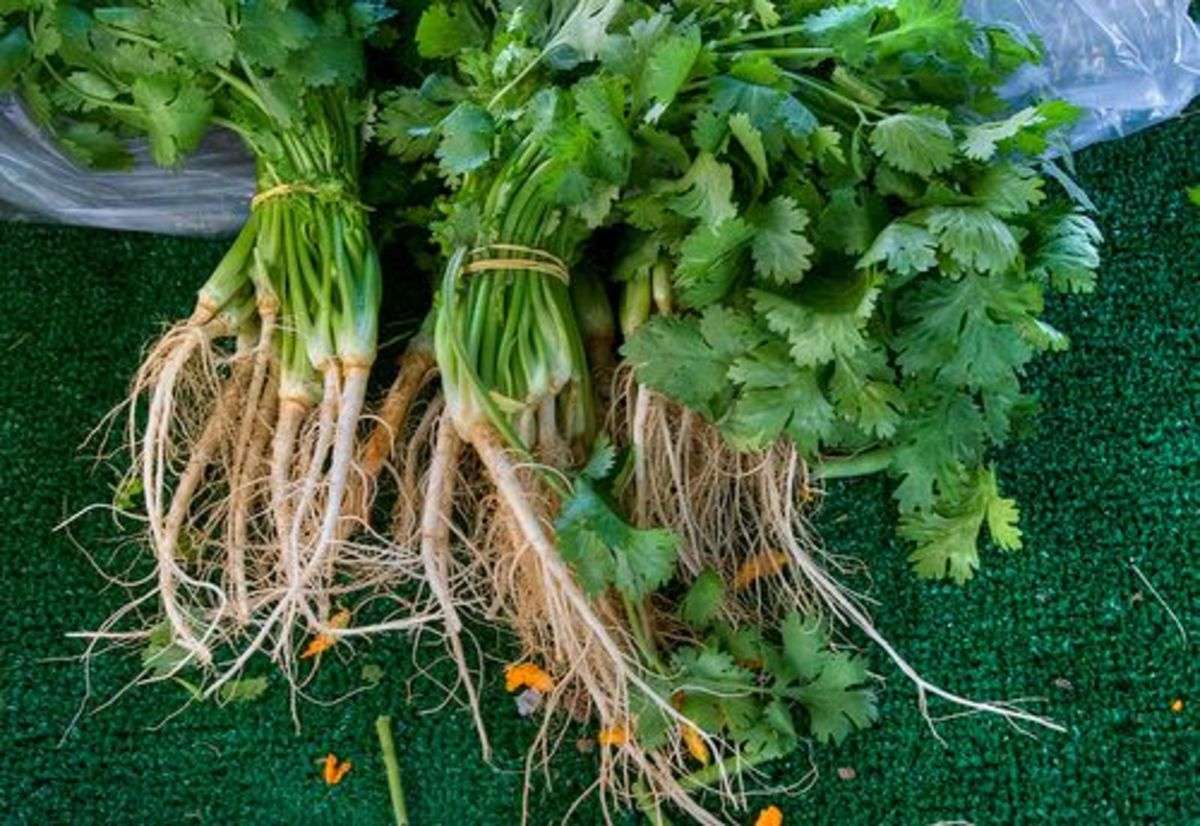

Essential oils found in the coriander plant. Cilantro has a fragrant, refreshing and citrusy taste and aroma, while coriander has a warmer, spicy and nutty taste and aroma. Interestingly, some people may have a specific genetic trait that makes them perceive cilantro differently.
HEALTH BENEFITS OF CILANTRO AND CORIANDER
May Reduce Inflammation
Both cilantro and coriander are packed with molecules called antioxidants. Antioxidants are thought to help reduce inflammation in the body by binding to and suppressing inflammation-promoting molecules known as free radicals.
One animal study found that the antioxidants in a cilantro extract helped fight skin aging. Skin aging is often accelerated by free-radical damage.
Furthermore, a test-tube study found that the antioxidants in a coriander seed extract reduced inflammation and inhibited the growth of cancer cells from the stomach, prostate, colon, breast and lungs.
May Help Fight Infections
Test-tube studies have shown that the antimicrobial and antibacterial properties of both cilantro and coriander may help them fight infections.
One test-tube study showed that compounds from fresh cilantro leaves helped fight foodborne infections by killing bacteria such as Salmonella enterica. Another test-tube study showed that coriander seeds fight bacteria that.
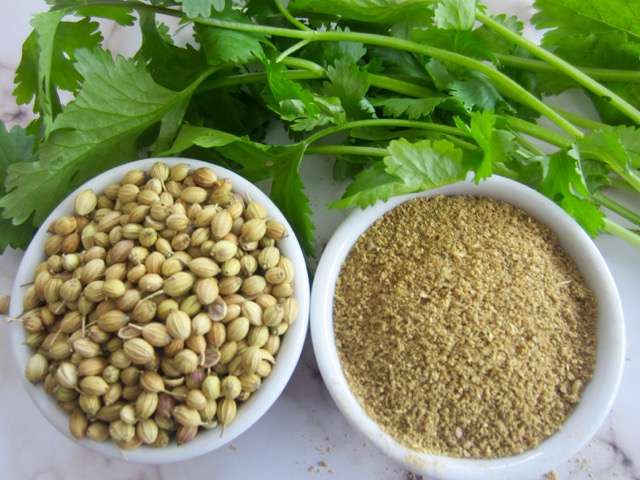

May Reduce Risk Factors for Heart Disease
Some test-tube and animal studies have shown that cilantro and coriander may reduce several of its risk factors.
One test-tube study found that cilantro extract may reduce the formation of blood clots. By reducing blood clotting, cilantro extract supplements may potentially reduce the risk of heart disease.
Moreover, one animal study found that a coriander seed extract significantly reduced blood pressure. In addition, it encouraged the animals to eliminate more water and salt through urine, which further helped reduce blood pressure.
May Lower Blood Sugar Levels
Having elevated blood sugar levels is a risk factor for type 2 diabetes. Surprisingly, both cilantro and coriander seeds may help reduce blood sugar levels. They’re thought to do this by increasing the activity levels of enzymes that help remove sugar from the blood.
In fact, in one animal study, scientists found that animals that received coriander seeds had significantly less sugar in their bloodstreams.
In another animal study, cilantro leaves were shown to be nearly as effective as a diabetes medication at reducing blood sugar levels.
While these results are promising, more human-based research is needed on how cilantro and coriander affect blood sugar levels.
Compiled and penned by Crocus Media
